

Science
Under the TOWER project, we are going to establish several deep-sea natural labs (landers) and organize cruises in the western Pacific Ocean
from Philippines Sea to the South China Sea. The scientific goals of the project will include but not limited to the following themes.
TOWER Research Themes
1. Effects of internal waves and meso-scale eddies on the material transmission and biological migration in the twilight zone
Generated by wind and tides, internal waves transfer energy to the twilight zone from sea surface or seafloor (Figure 1), which
then affects the nutrient transport and biological cycles in the ocean interior. New observational means with autonomous underwater vehicles
and numerical models with high resolution are developed to explore the key mechanisms in the above processes. Such physical oceanographic
processing may play a critical role in vertical transmission of organics and other nutrients to the deep ocean, and probably facilitate diel vertical
migration of marine organisms. However, the formation and scale of the internal waves are difficult to be detected for examination of models.
Under TOWER, we will employ AUV to detect internal waves and estimate their contribution of vertical transmission in the Western Pacific Ocean.
The Pearl River inject a great amount of substances into the South China Sea, which are probably transported to the twilight zone through some
types of cross-shelf flows. The meso-scale eddies may play an important role in the cross-shelf transport, and the water exchange across the Luzon
Strait between the South China Sea and the Pacific Ocean. Numerical simulations and the surface drifter will be employed to investigate these processes.
Our long-term in situ monitoring of the changes may provide information for understanding of the association between vertical transmission of nutrients
in seasonal and daily scales on metabolic activities and community structural dynamics of the inhabitants in the twilight zone in this region.
Figure 1: Mean transport induced by internal waves generated from different topographies (left) and bird view of meso-scale eddies in SCS (right).
Figure 2: New generation of AUV equipped with a sensor.
2. In-situ observation and imaging processing for suspended particles and organisms at different size scales in twilight zone
To decipher the twilight zone ecosystem, we need pictures of the organisms in different sizes. Some of the tiny organisms have been dissolved
or badly damaged when sampling from the deep sea. In situ imaging is the only approach toward statistics of organims at different levels of the ecosystem,
which will then be used for ecosystem modelling under different scenarios. This must be coupled with genomics and phylogenetics of the collected samples
with clear morphological details for taxonomic assignment. Under TOWER project, we decide to use two probers for the in situ imaging: polarized light prober
and the PlanktonScope.
The prober uses polarized light to illuminate the suspended particles in water, and measures the polarization parameters of light scattered by particles.
The prober can in situ identify and classify marine microalgae, sediment, microplastics and other particles (Figure 3). It is easy to combine with fluorescence,
optical imaging and acoustic methods to form a multiple-modality measurement tool. The prober does not need sample preparation when it is used, and is easy
to combine with other underwater instruments to measure the water quality parameters. The prober¨s prototypes have been deployed in the northwestern Pacific
Ocean and the coastal waters around China for many times. It has potential in red tide early warning, environmental monitoring, carbon sink metering and other
applications. Main technical specifications: particle size: 0.5~200 μ m; concentration: <10000 particle/mL; detection speed: <1000 particle/s.
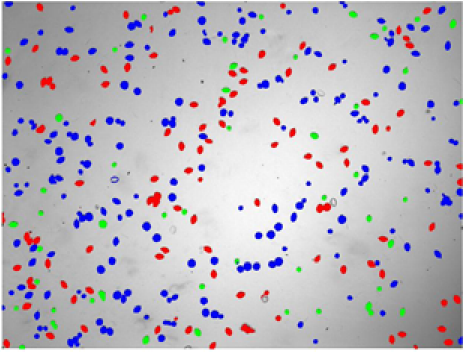
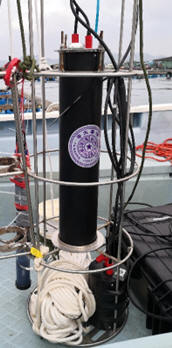
Figure 3: Algal differentiation (left) by polarized light prober (right)
The PlanktonScope, an in situ plankton imager, was developed by using the back image imaging technology and coupled photoelectric method. The instrument
is characterized by high accuracy, high resolution and high recognition rate. It has a working depth of 0-1000 meters and a broad spectrum detection range for
plankton of 1-100µm. At present, the optimization and mass production of PlanktonScope series products have been completed, and the monitoring of a variety
of marine organisms has been completed, including algae, jellyfish, shrimp, snails and other zooplankton that may grow explosively in a short period; It has been
demonstrated and promoted in China's offshore and several nuclear power plants. We aim to obtain in situ images of zooplanktons and other microbes, and then their
genomes for evolutionary and metabolic studies. The polarized light prober and the PlanktonScope will be equipped on deep-sea landers and ROV for long- and
short-term survey.
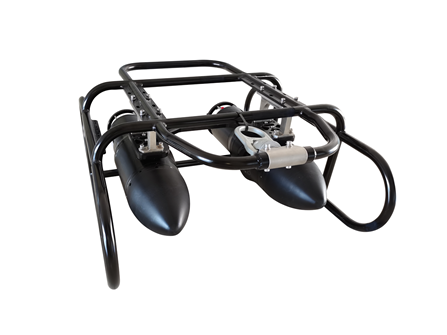
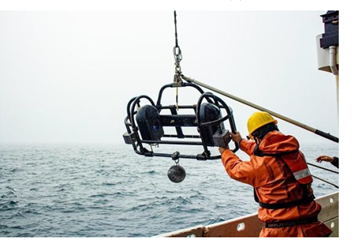
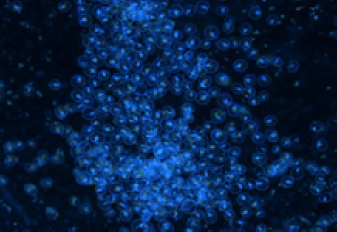
Figure 4: The PlanktonScope (left, middle) and its image (right)
3. In situ activities of organisms in the twilight zone of the Western Pacific region
The deep waters in oceans are dramatically dynamic in terms of various environmental factors and geographical patterns, which have driven diversification
of ecosystems in the tremendous body of waters in the oceans. Sampling activities at the different depths and sites in the oceans have been conducted, but the
collected samples still could not meet the requirement to capture the subtle changes of the deep-sea ecosystems. Metabolisms and in situ activities of the deep-sea
microbes are largely elusive due to lack of high-quality nucleic acids for metatranscriptomic and metagenomic studies. Marine microbiological studies mainly
relied on water sampling equipment such as Niskin bottles, by which water samples from different layers of the ocean are collected from the deep ocean and
brought to shipboard for filtration and subsequent experiments. For the deep-sea samples, it may take several hours to bring them up for further processing.
Therefore, changes in pressure, light density, temperature and redox condition and exposure to air will affect morphology, metabolism and community structure
of the microbes in the deep water samples (Figure 5). With the development of in situ nucleic acids technique, we now have a new device named MISNAC for
in situ nucleic acids extraction with multiple sets for different time periods for metagenomics and metatranscriptomics studies (Figure 6). The gene expression
and dynamics over time periods are essential for accurate quantification of the element cycles conducted by the deep-sea organisms. This may also help to reveal
possible diel rythm of biological activities in dark ocean, particularly the twilight zone. The sampler and other molecular sensors will be deployed with deep sea
landers, glider and ROV for studies at different time scales.

Figure 5: Community, physiological and morphological changes in samples from deep ocean


Figure 6: in situ nucleic acids collection (left) and deep-sea working image (right)
4. Understanding the ecological resources and challenges in the twilight zone
Under the background of climate change, how the deep-sea microbes can contribute to methane and CO2 assimilation can help us to evaluate contribution
of twilight ecosystem in global warming and absorption of extra release of CO2 from human activities. Aside from the CO2 assimilation, other sources of organic
carbons such as microbially mediated methane oxidation and CO assimilation occuring in bottom water, cold seeps and hydrothermal vents are also critical for
the maintanence of the twilight zone ecosystem (Figure 7). Alternatively we will cultivate the deep sea microorganims with carbon isotopes using our automatic
device with a function of filtration and fixation of the cultivated microbes in situ. This will probably re-evaluate the contribution of the autotrophs to deep-sea
labile organic carbon.
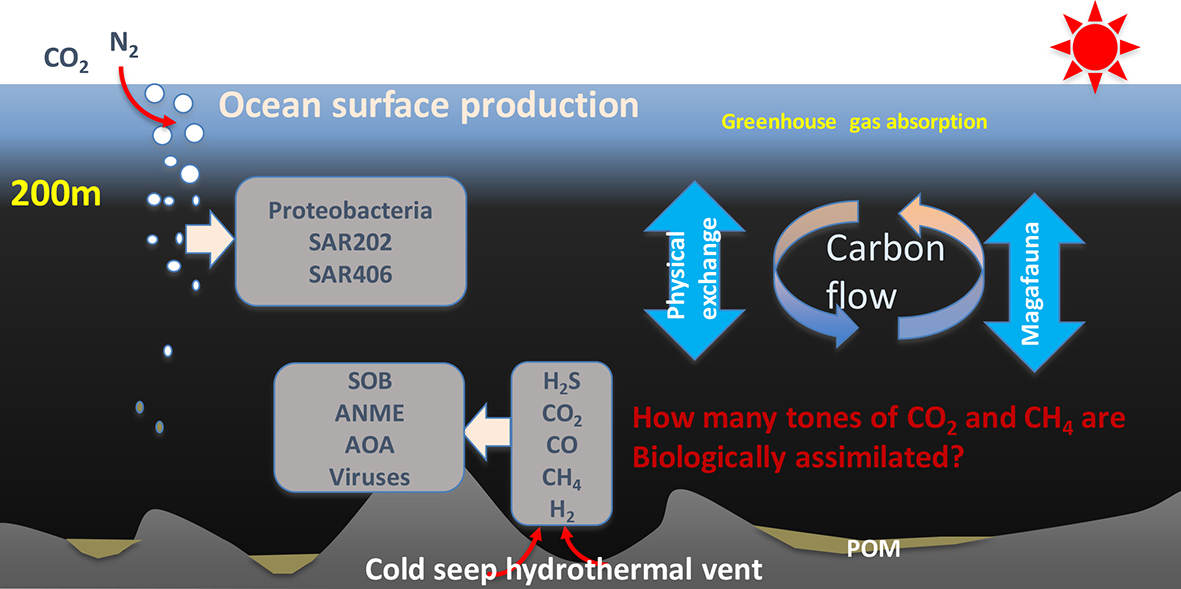
Figure 7: Schematic model of vertical transmission of carbon
The twilight zone links the surface organisms and the deep sea ecosystem. It plays an important role in removing carbon dioxide from the atmosphere and storing
it in the deep ocean. The vast majority of marine organic carbon, including DOC and POC, is believed to contribute to oceanic carbon budgets and energy. Small organisms,
such as zooplankton, protists, or dinoflagellates, migrate vertically every day from the surface to mesopelagic layers, representing an important source contributing to the
vertical flux of organic matter. In the twilight zone, the dynamics of particulate organic carbon, such as small animals or phytoplankton detritus, including aggregation, remineralization,
and export, is one of the intriguing questions and unsolved puzzles of ocean carbon cycling research. With TOWER project, we will answer two questions: 1) How the diversity and
productivity of mixotrophic and heterotopic biological communities are changing in response to estuary anthropogenic input? 2) How the particle cycling and export flux of POC in
the euphotic and twilight zone in the Western Pacific Ocean? The answers to the two questions are essential for protection of the twilight zone. This may potentially quantify carbon
cycling in the deep ocean and help to complement policy frameworks for climate change caused by the extra carbon emission.